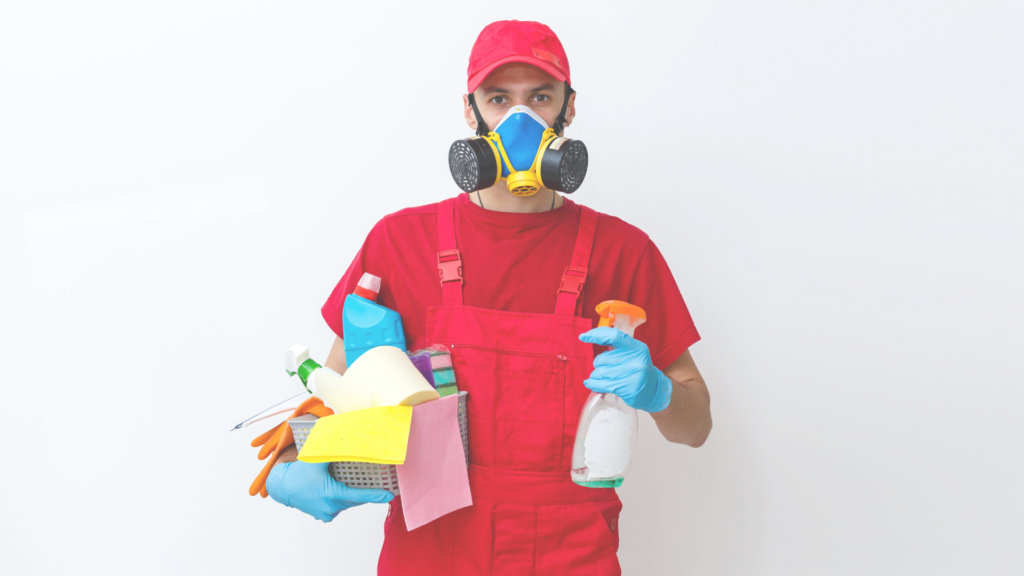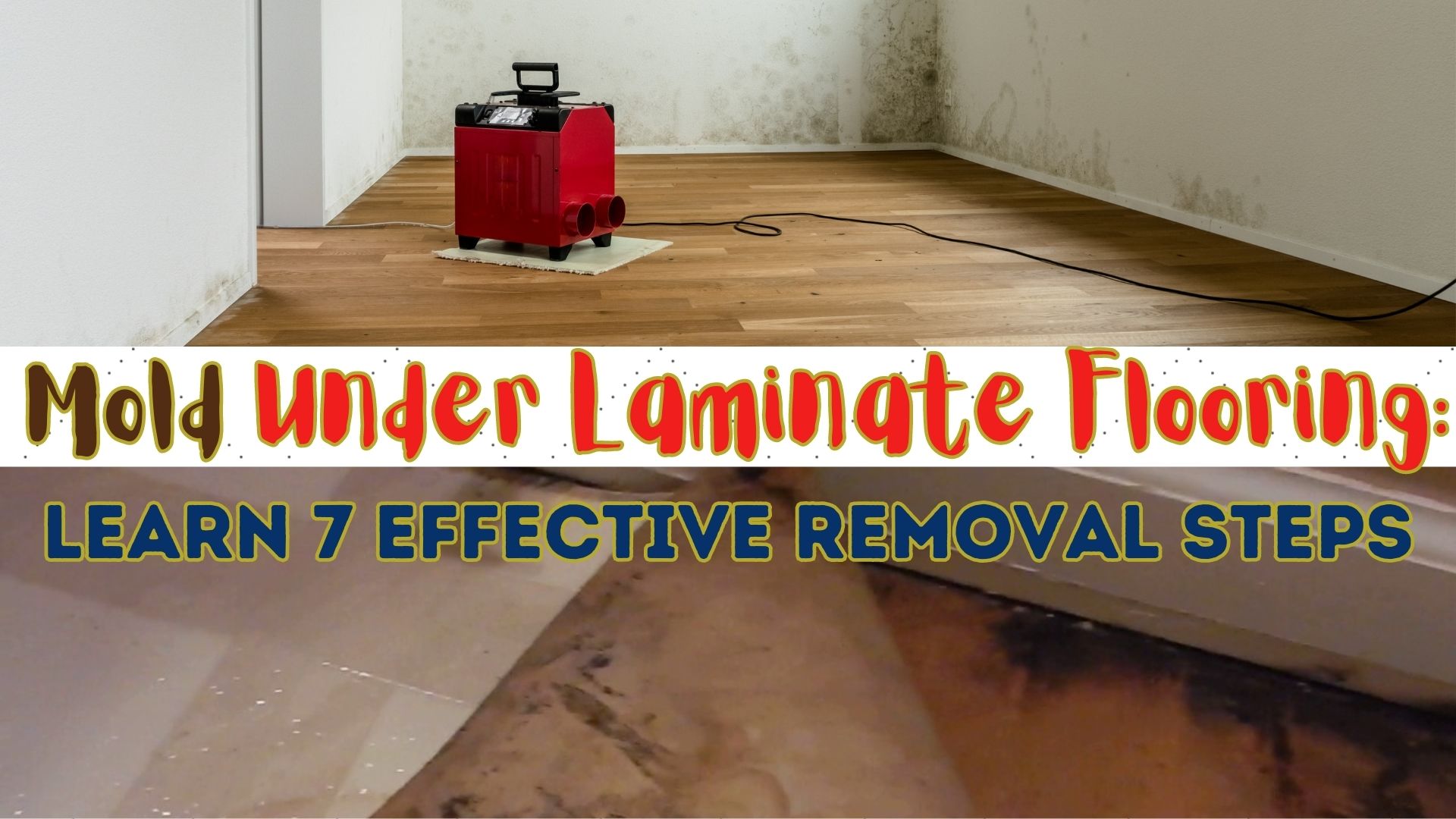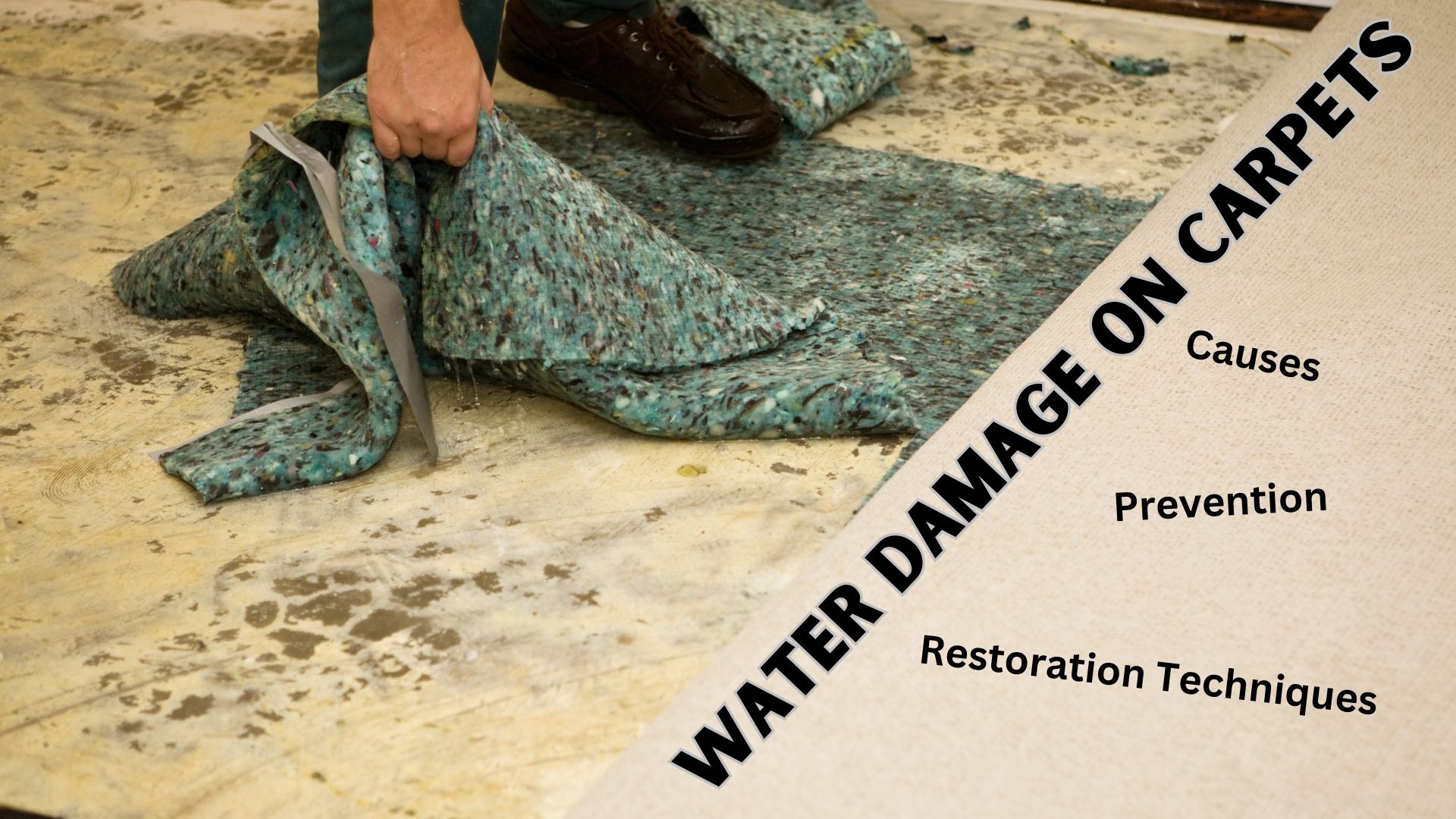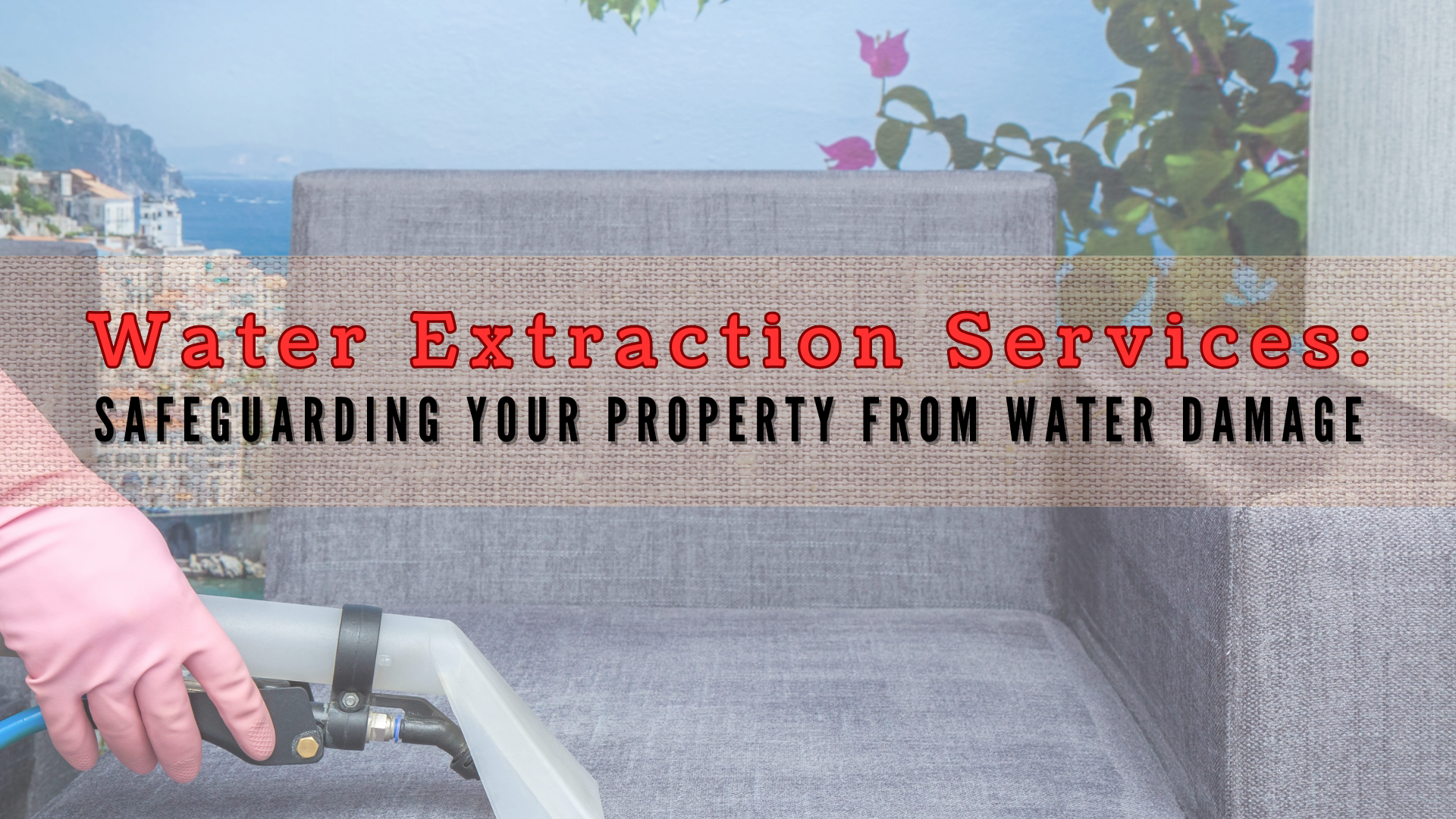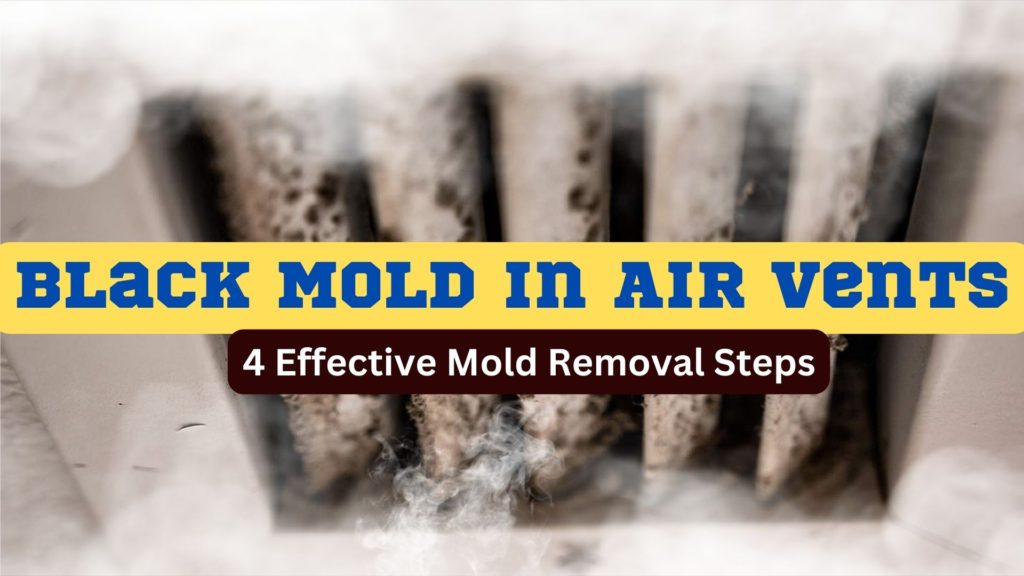
Black mold is everywhere, particularly in surroundings with organic substances and moisture, including the inside walls, air vents, and ducts. And once you notice black mold in your air vents, cleaning them is the initial step. However, you will also need to stop the mold source completely.
Causes of Black Mold in Air Vents and Ducts
Black mold in air vents and ducts generally arises when dampness is present in the ductwork. As cool air passes through the vents on warmer days, the dew in the air can precipitate inside the air vents, making them an excellent breeding ground for mold.
Mold spores commonly spread through the air and can penetrate the ductwork from another home area or the outside. A single spore can evolve into a colony under the right circumstances – warmer and moist settings.
Negative Health Effects of Black Mold in Air Vents and Ducts
Black mold can lead to health problems if it lives with you in the home. You and other household members may experience allergic and respiratory symptoms if your air vents contain a black mold infestation. Some mold-exposure signs to watch out for include:
- Irritated eyes, nose, and throat, which may worsen when the AC is in use
- Ceaseless headache whenever you are in the house, but it stops when you leave home
- Allergy manifestations such as itchy eyes, runny nose, or rashes
- Dizziness, nausea, or fatigue whenever you are home
If you or anyone in your household experiences these health issues, your HVAC system may have mold. Contact a professional to inspect the vents.
Indications of Black Mold in Air Vents and Ducts
Apart from the health symptoms, there are other indications of infested AC ducts. Do you observe any of the following signs in your home? If so, there could be black mold in air vents or your air ducts.
- One sign of black mold in an air vent is the musty smell in the home. It could be more evident in some rooms. And you could sense the musty odor more when you switch on the AC.
- You can see the visible mold in and around your ductwork, like black dust.
When Removing Mold from Air Vents and Ducts, Take Protective Measures
- You will need specific tools to remove mold from vents, including a face mask with a HEPA filter to prevent spores from entering your nose and mouth.
- You will require bleach, water, and tools to reach the inside of the vents.
- Before starting, switch the electricity off to the furnace or air conditioning system.
- Apply the bleach solution inside the vents using a long, flexible mop or sponge.
It is essential to let the ducts dry completely before reactivating the system.
Steps to Remove Black Mold From Air Vents and Ducts
Eliminating mold that has started growing inside the air vents can be a challenging task. While some professionals suggest using an ozone machine, the CDC and other agencies caution that this method can harm the respiratory system.
Although you can eradicate the mold with a combination of one cup of bleach per gallon of water, you likely won’t be able to reach the mold deep inside the home’s ductwork. In its place, you can carry out these steps to exterminate mold in air vents:
Step 1: Test the substance you suspect as the black mold to verify that it is indeed this type of fungus. By performing this straightforward mold testing, you can prevent a potentially time-consuming and expensive cleanup.
Step 2: Determine the leading cause of black mold in your home. Damp wall interiors and moist baseboards can contribute to mold development. Determining and treating the leading cause of mold will ensure the issue does not return.
Step 3: Inspect the surrounding insulation in the ductwork. If the stubborn mold in the air vents has grown into the surrounding insulation, it is necessary to change this material.
Step 4: Hire a professional cleaner with experience and knowledge in terminating fungus and who is recognized by the National Air Duct Cleaning Association (NADCA) to clean the inside of the air vents.
Presently, the EPA has not acknowledged any clear benefits to utilizing sealants on air vents or ducts, so this action may not be essential. If you plan to work on the vents or ducts yourself, you may need to use some specific equipment on hand.
Preventing Mold in Air Vents and Ducts
Consider following the given HVAC mold prevention guidelines below:
- Use a dehumidifier to manage the humidity levels in your dwelling.
- Inspect thoroughly for water leaks in the walls. You cannot notice them on the spot, but gradually, they will generate a perfect breeding environment in your air vents and ducts as well as water damage in your home.
- Ensure the AC drain pans slant toward the drain. It helps withdraw the stagnant water under the AC unit’s cooling coil. Additionally, make sure your HVAC parts and drain pans are obtainable for appropriate cleaning and maintenance.
- Acquire an HVAC Preventative Maintenance Plan to look out for mold and keep your home’s HVAC system in good shape. Routine maintenance inhibits breakdowns and makes your unit function steadily.
- Have your air vents and ducts regularly cleaned, particularly if you reside in a humid area or have issues with recurring mold.
- Utilize UV light and ionization air purifiers to eradicate molds and other molecules, like germs and viruses. Passive systems can actually terminate particles on surfaces in your home’s HVAC system. Simultaneously, active systems can eliminate airborne impurities, like odors and hazardous VOCs.
- In your home areas with excessive moisture, consider installing another ventilation. Also, keep the vents free from clogs to stop condensation from leading the mold in air vents.
Seek Assistance from Mold Remediation Experts
In all situations, the best way to deal with black mold in air vents is to hire a mold remediation expert, such as Superior Restoration of Murrieta. We provide thorough mold removal using the most advanced tools and methods while safeguarding you and your loved ones from mold-related health concerns.
Our highly-trained and IICRC-certified team is keen to handle mold problems in a skillful and reliable way. Call Superior Restoration today; our specialists are available 24/7, even in emergencies.


